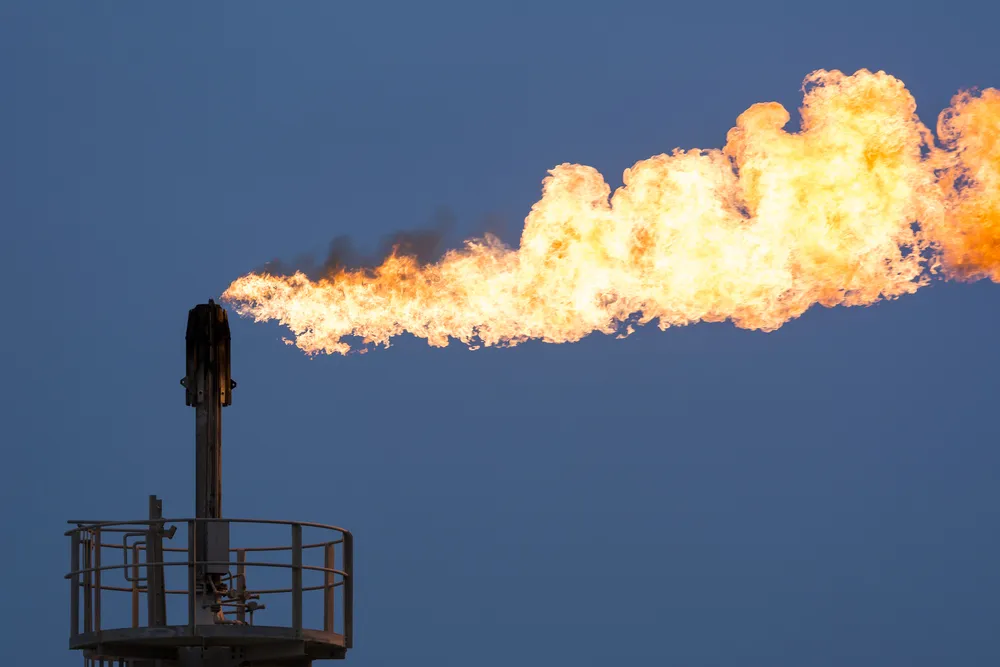Oil & Gas Welding: Design, Application, and Testing of Metal Properties Course
Introduction
The primary focus of this extensive course on oil and gas design application and testing methods is the study of welding, metallurgy, and corrosion of materials in the offshore oil and gas industry. The course content is designed to enable participants to confront welding problems and manage degradation successfully.
Participants will explore various alloy designs and metallurgy, construction code design, welding, damage modes, and damage control. The course involves material selection, types of welding, performance-affecting factors, and performance in extreme weather conditions of offshore sites.
Understanding how metals are used in oil and gas structures is crucial. In this segment, students will learn about the types of metals used, their characteristics, and their applications in offshore and onshore activities, emphasizing the importance of careful material selection in adverse weather conditions.
Objectives
By the end of this course on Oil & Gas Welding: Design, Application, and Testing of Metal Properties, participants will be capable of:
- Grasping the details of welding processes and factors related to them.
- Acquiring new ways of performing welding repairs.
- Explaining the principles of welded design and stress distribution.
- Utilizing knowledge about metals and conducting qualitative testing.
Training Methodology
- Interactive lectures
- Hands-on workshops
- Case studies
- Group discussions
- Demonstrations
- Simulations
- Assessments and quizzes
Course Outline
Unit 1: Welding Processes and their Types
- Fundamentals of various welding symbols
- Flux-Cored Arc Welding process
- Shielded-Metal Arc Welding techniques
- Gas-Metal Arc Welding techniques
- Developments in Laser Beam Welding
- Electron-Beam Welding Applications
- Enhancements of Plasma Arc Welding practices
- Historical method of Atomic Hydrogen Welding
- Recognition of welder symbols and their meanings
- Welding procedure and instructions for welding specification interpretation
Unit 2: Methods of Welding Repair
- Cutting concepts applicable to the delamination/removal of damaged parts
- Restoration and preparation of spare joints/parts for fit-up if necessary
- Implementing welding operations and their cleaning afterwards
- A brief description of circumferential weld inspection scrutinies
Unit 3: Basis of Welding Design and Lock-up Stress
- Varying degrees of investigation into the geometric aspects of weld joint designs
- Creative casting voids based on preparation and dimensioning for welding
- Views on weld size tolerances and limits on acceptable values
- Introduction to mechanical and robotic works
- Patience in the initial assumption of joint design tolerances for welding
Unit 4: Sheet Metal Work Design
- Use of the welding method in the process of designing a good sheet metal part
Unit 5: Metal Properties and Destructive Testing
- Administrative and evaluative aspects of the performance of the tensile test
- Means of conducting extensive corrosion testing
- Special techniques for testing in aggressive environments
- Evaluation methods during fracture and mechanical testing
- Yield strength evaluation features
- Measurement of tensile strength
- Inspection of elongation
- Area reduction assessment
Unit 6: Inspection Methods for Welding
- Effective visual inspection of welds
- Implementation of X-ray (radiographic) testing
- Use of ultrasonic inspection methods
- Hands-on operation of magnetic particle testing
- Application of liquid penetration testing


















